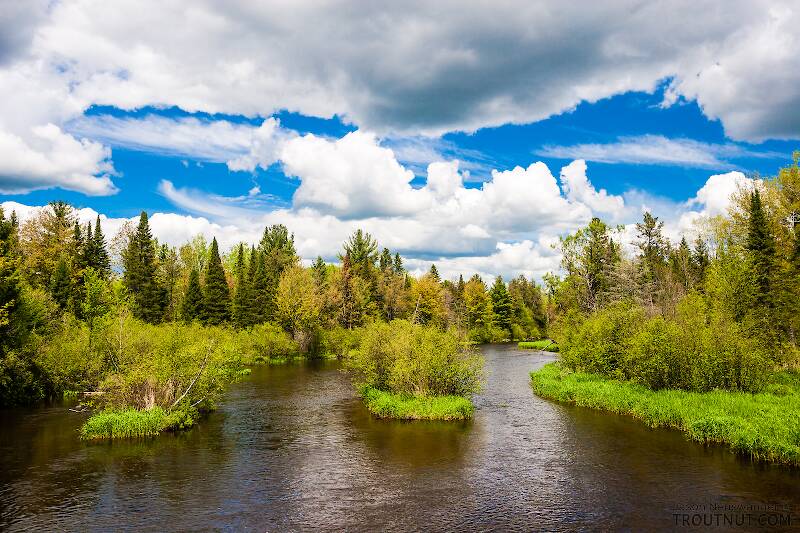
Hex Mayflies
Hexagenia limbata
The famous nocturnal Hex hatch of the Midwest (and a few other lucky locations) stirs to the surface mythically large brown trout that only touch streamers for the rest of the year.
Featured on the forum

This one pretty clearly keys to Kogotus, but it also looks fairly different from specimens I caught in the same creek about a month later in the year. With only one species of the genus known in Washington, I'm not sure about the answer to this ID.

Troutnut is a project started in 2003 by salmonid ecologist Jason "Troutnut" Neuswanger to help anglers and
fly tyers unabashedly embrace the entomological side of the sport. Learn more about Troutnut or
support the project for an enhanced experience here.
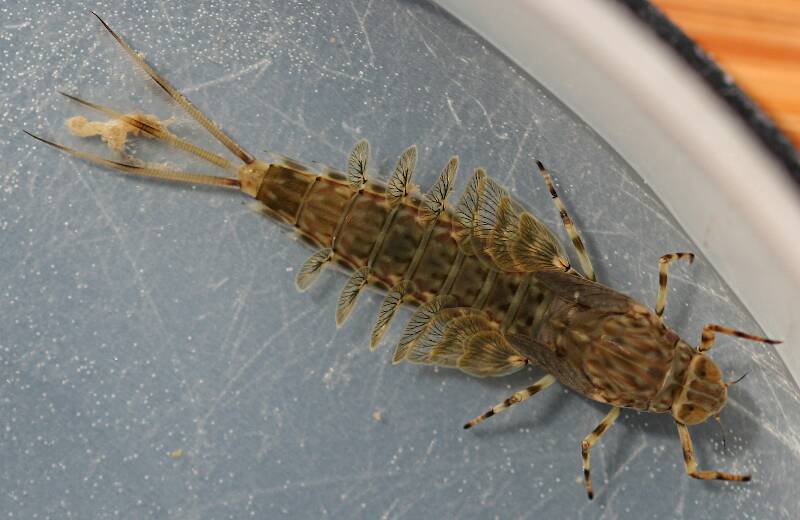
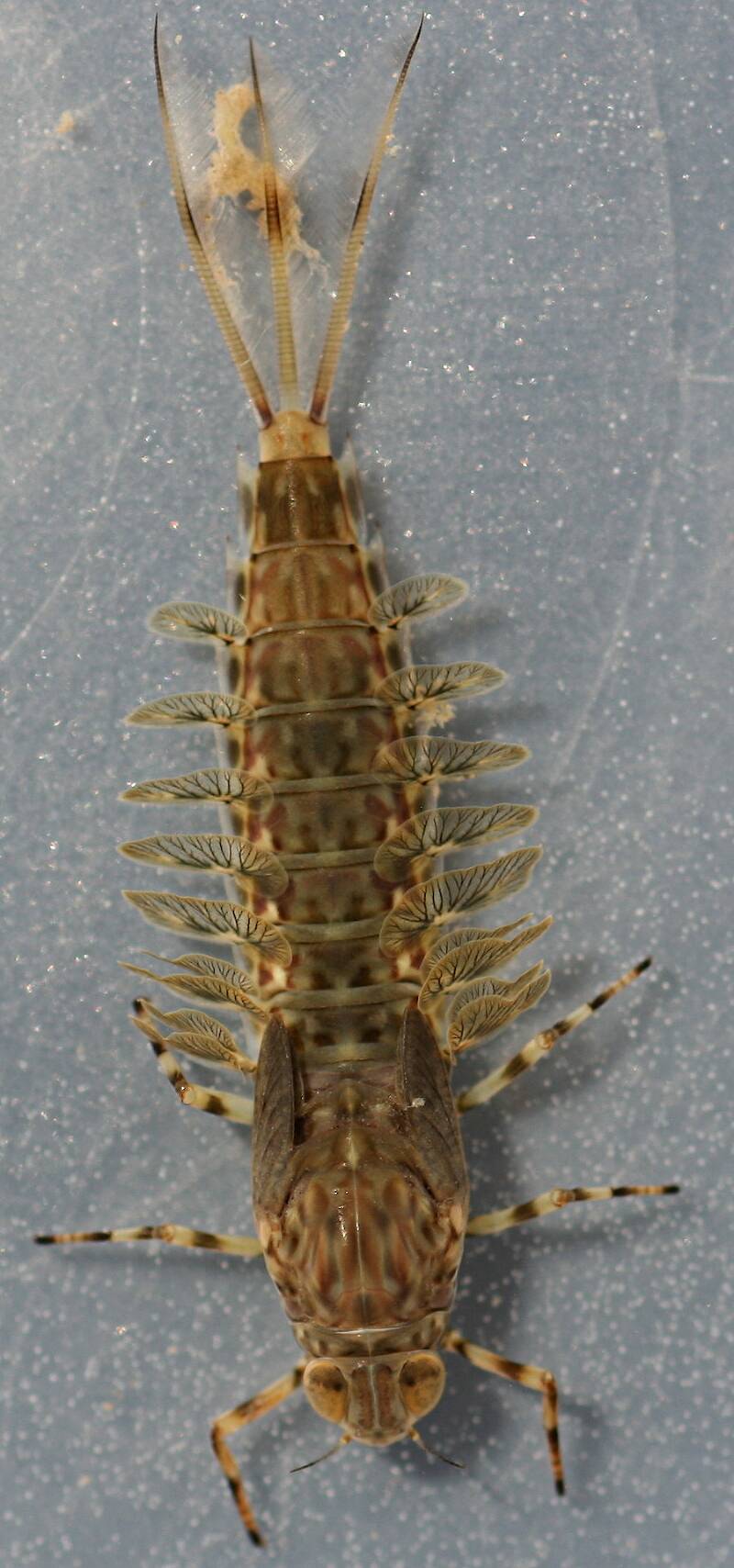

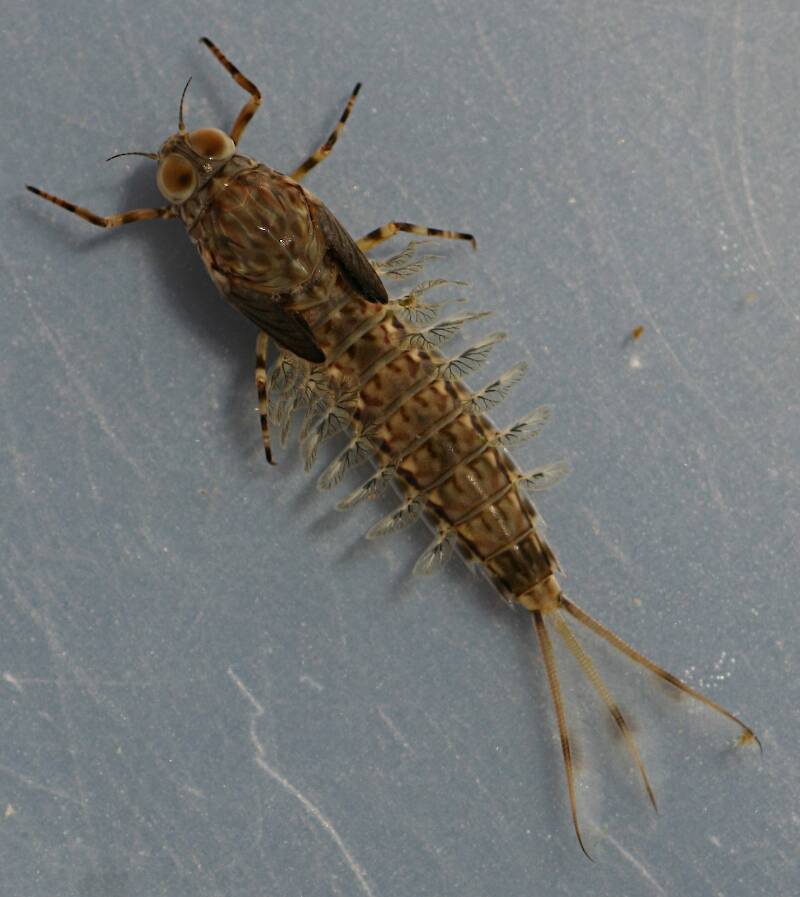
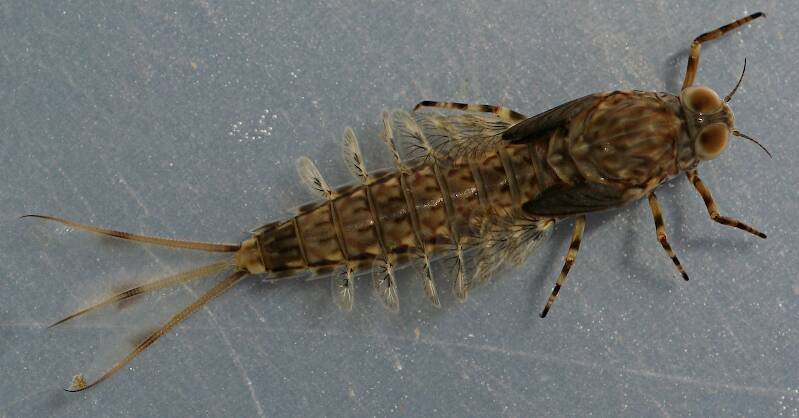
Millcreek on Apr 1, 2015April 1st, 2015, 8:53 pm EDT
These nymphs are fairly common in the Russian River. Usually found in slightly warmer, quiet water areas near shore. Substrate usually consists of small gravel and algae-ridden stones.
The nymphs were keyed out with Merritt, Cummins and Berg (2008).
The nymphs were keyed out with Merritt, Cummins and Berg (2008).
"If we knew what it was we were doing, it would not be called research, would it?"
-Albert Einstein
-Albert Einstein

